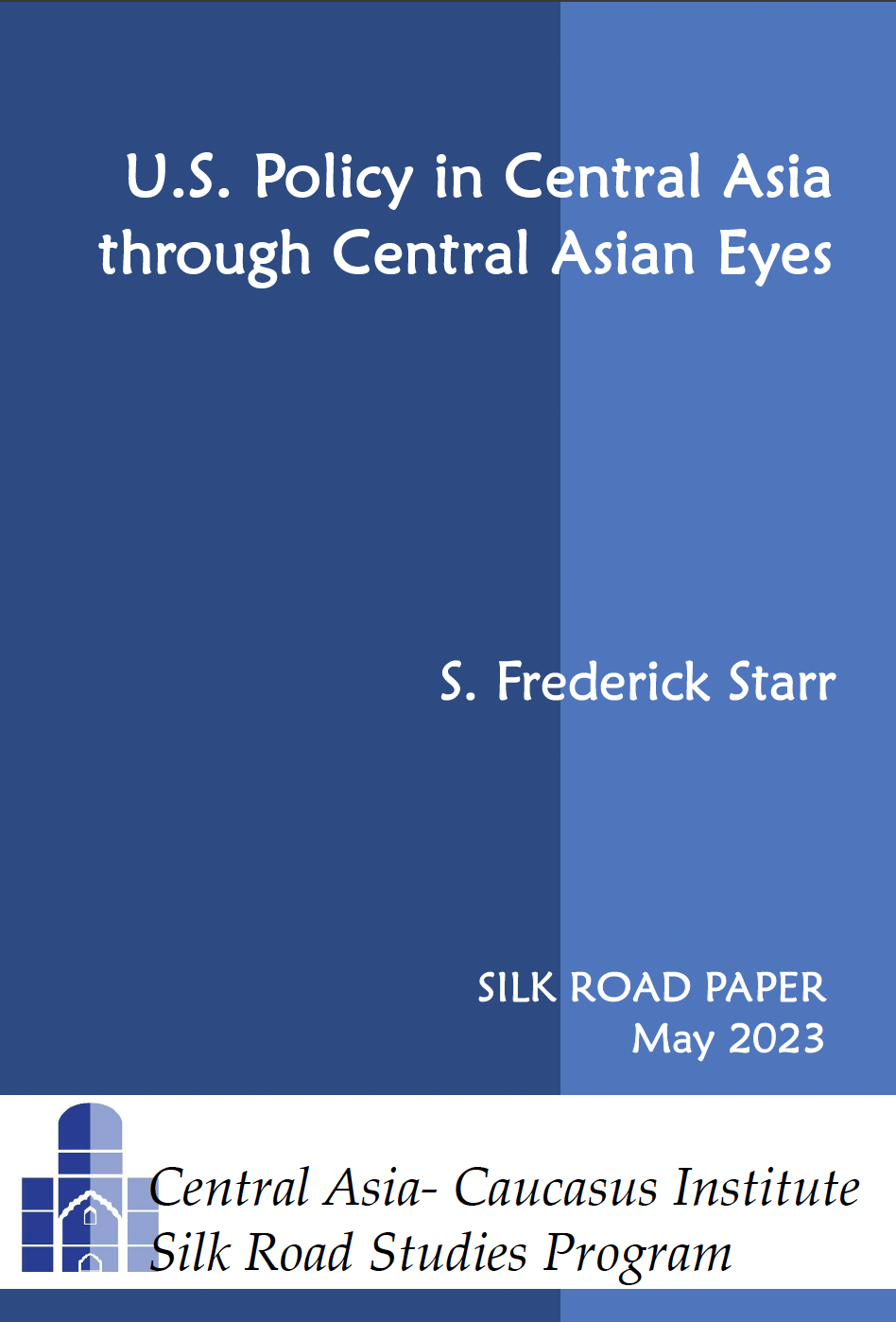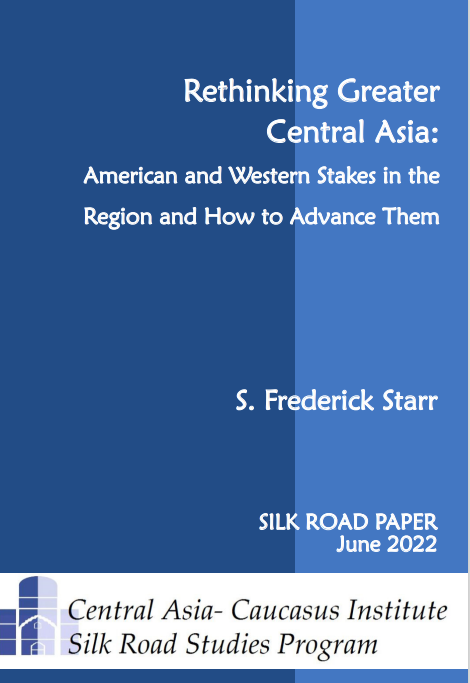Is China about to make military moves in Central Asia?
By Stephen Blank
May 9th, 2016, The CACI Analyst
China has steadfastly refused to get involved in providing hard, i.e. military, security to Central Asian governments, including Afghanistan. This might now be changing. In a March visit to Kabul, General Fang Fenghui, Chief of Staff of the PLA, announced plans to set up an anti-terror regional alliance with Pakistan, Afghanistan, and Tajikistan. President Ashraf Ghani of Afghanistan reportedly endorsed this proposal. China’s initiative could imply a major new development in Chinese policy and in Central Asia’s overall security, with lasting implications for the region.
The IMU is extinct: what next for Central Asia's jihadis?
By Jacob Zenn
May 3rd, 2016, The CACI Analyst
For more than a decade after the September 11, 2001 attacks in the U.S., the Islamic Movement of Uzbekistan (IMU) was the “bogeyman” of Central Asian militancy. It was the most well-known militant group in Central Asia and abroad, even though it was in exile in Afghanistan and Pakistan under the protection of the Taliban and al-Qaeda. Years of drone strikes and counter-insurgency operations failed to eliminate the IMU. Ironically, however, it was neither the U.S. nor coalition forces that destroyed the IMU. Rather, it was the Taliban who liquidated the IMU in late 2015 as punishment for its “betrayal” of the Taliban (and al-Qaeda) by pledging loyalty to Abu Bakr Al-Baghdadi, leader of the terrorist organization calling itself the Islamic State (ISIS). This will change the nature of the militant threat to Central Asia and force a reconsideration of Uzbekistan’s counter-extremism measures.
The "Four-Day War": new momentum for Nagorno-Karabakh resolution?
By Zaur Shiriyev
May 2nd, 2016, The CACI Analyst
In early April, the escalation of hostilities between Armenia and Azerbaijan resulted in a so-called “four-day war”, which was ended by a truce reached under Russia’s auspices. The expectation was that after the end of this short war, international engagement would increase, with the re-energizing of the Minsk Group. But so far, Moscow is the only active party. The Russian Foreign Minister, Sergey Lavrov, is conducting “shuttle diplomacy” between Yerevan and Baku, the results of which will become clear in the coming weeks.
Fighting in Nagorno-Karabakh and the ineffectiveness of the Minsk Group
By Eduard Abrahamyan
April 27th, 2016, The CACI Analyst
The recent unprecedented escalation around Nagorno-Karabakh highlighted deep systemic shortcomings in existing international mediation initiatives. The OSCE Minsk Group, dedicated to settling the conflict between Azerbaijan and Armenia, has become largely irrelevant in the new operational situation. The intense fighting erupted on April 2 and lasted for four days until a Russia-brokered ceasefire between the adversaries was mutually agreed upon on April 5. The fighting put an end to the 22-year-old ceasefire regime, and the security environment of the South Caucasus. The escalation was clearly a consequence of a shift in the military balance of power, consistently fueled by Russia’s distribution of advanced offensive arms to Azerbaijan and the evident impracticability of the Minsk Group.
Cease-fire restored after intense fighting around Nagorno-Karabakh
By Almaz Rza
April 11th, the CACI Analyst
Starting from mid-day on April 5, the cease-fire regime was restored after heavy fighting between Armenian and Azerbaijani armed forces along the line of contact since April 2. According to information posted on the website of Azerbaijan’s Defense Ministry, “military forces are now working on strengthening their position in newly liberated areas.”
Dozens of soldiers and civilians were killed as the worst fighting in two decades threatened to spread beyond the disputed Nagorno-Karabakh territory and adjacent occupied territories. International organizations have warned that the escalating conflict could spiral into a “full-scale war” over Nagorno-Karabakh, threatening to destabilize the region.










 Book S. Frederick Starr and Svante E. Cornell,
Book S. Frederick Starr and Svante E. Cornell,